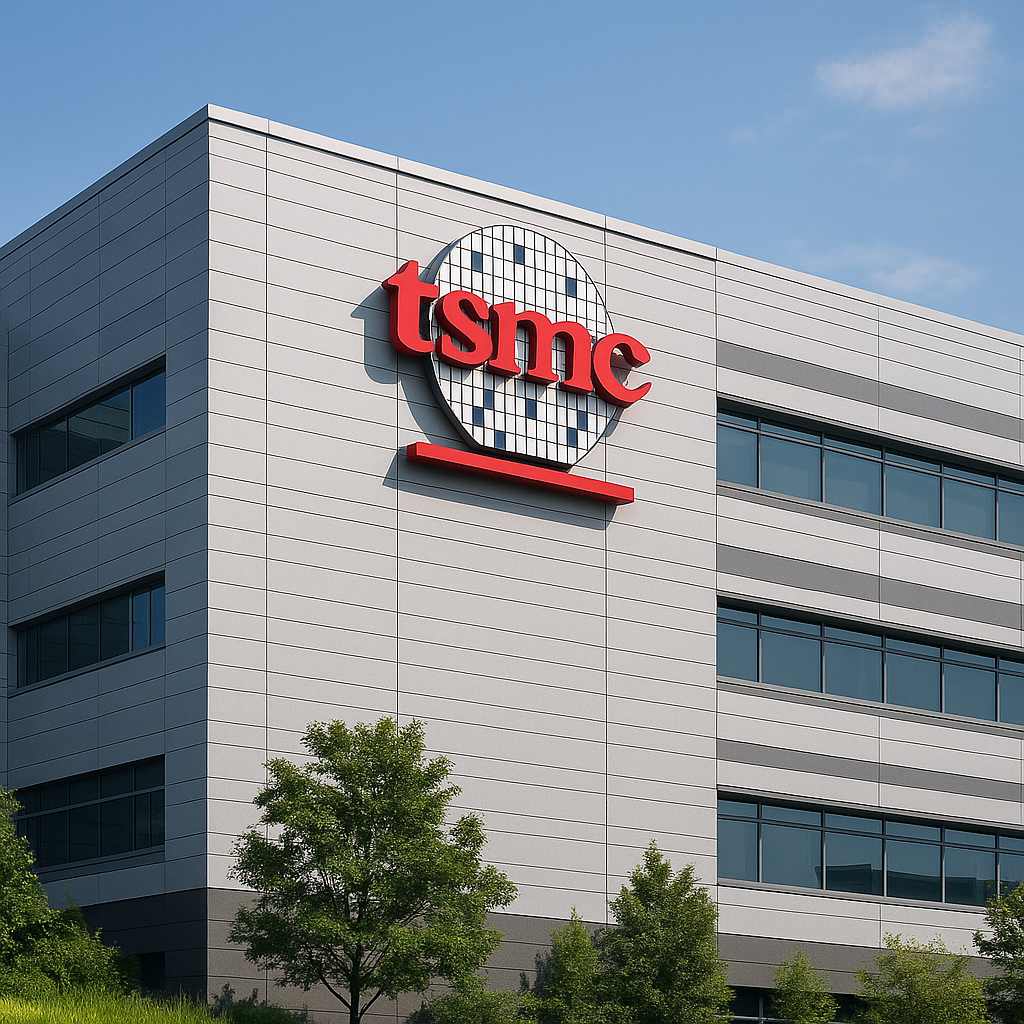
A Historic Quarter for TSMC
In the ever-evolving world of semiconductors, few names command as much attention as Taiwan Semiconductor Manufacturing Company (TSMC). On Thursday, the world’s leading producer of advanced AI chips reported a record-breaking quarterly profit, fueled by surging demand for artificial intelligence technologies.
Between April and June, TSMC posted a net profit of NT$398.3 billion (~US$13.5 billion), marking a 60.7% year-over-year jump. This performance not only shattered previous records but also blew past the LSEG SmartEstimate of NT$377.9 billion, making it the fifth consecutive quarter of double-digit growth. While the results reflect the growing appetite for AI-enabled hardware, they also highlight how TSMC has positioned itself as a linchpin in the global tech ecosystem — even as it faces mounting geopolitical and economic pressures.
Riding the AI Wave
TSMC’s staggering performance can be attributed to one major factor: the insatiable global demand for AI. As industries rapidly integrate generative AI, machine learning, and other advanced algorithms into their platforms and services, chipmakers like TSMC are reaping the rewards.
According to CEO C.C. Wei, “AI demand is only getting stronger.” The company anticipates continued growth in the third quarter, projecting a revenue jump of up to 40%. For the full year, it revised its earlier forecast of “mid-20s” growth in U.S. dollar terms to an impressive 30% increase.
The company also pointed to a key boost: its longtime client NVIDIA was recently granted U.S. government approval to resume selling its H20 AI chip to China. Since TSMC manufactures most of NVIDIA’s AI chips, this decision directly benefits its production volumes and revenue.
Currency Challenges and Margin Pressures
Despite the stellar numbers, TSMC’s leadership was quick to inject a note of caution. One of the biggest concerns? The strengthening of the Taiwanese dollar, which has appreciated 12% against the U.S. dollar so far this year. That appreciation has the potential to eat into TSMC’s profit margins.
The company forecasts a gross margin between 55.5% and 57.5% for the third quarter — down from 58.6% in Q2. Part of this decline is due to currency headwinds, but also due to capital investments in new fabrication plants in the U.S. and Japan.
TSMC has kept its capital expenditure plan for the year steady at US$38 to US$42 billion, signaling long-term confidence in demand. CFO Wendell Huang emphasized that a sudden cutback in spending is unlikely, reinforcing the company’s commitment to scaling its global footprint.
The U.S. Expansion — Opportunity Meets Uncertainty
Earlier this year, TSMC made headlines by announcing a $100 billion investment in the U.S., including $65 billion for three plants in Arizona. One of these plants is already operational. The initiative, launched alongside former U.S. President Donald Trump, is part of Washington’s broader push to strengthen local semiconductor manufacturing.
However, clouds are forming on the horizon. The U.S. has hinted at imposing semiconductor-specific tariffs that could impact Taiwanese companies, with Taiwan previously facing a 32% tariff threat in April. While no new details have emerged, such tariffs could squeeze TSMC’s bottom line — especially as it juggles overseas expansion with profit optimization. Wei admitted that uncertainty remains high, particularly heading into Q4. “We are becoming more conservative,” he noted, citing potential tariffs and global macroeconomic volatility. However, he clarified that the company hasn’t seen significant changes in customer behavior — yet.
Stock Performance: A Mixed Bag
Despite its business successes, TSMC’s stock hasn’t fully reflected its operational momentum. While the company’s Taiwan-listed shares surged nearly 80% in 2023, they have only gained 5% year-to-date in 2024. Analysts point to ongoing concerns about tariffs, currency exchange risks, and overvaluation in the semiconductor sector as possible reasons for investor caution. Still, with tech titans like Apple, AMD, and NVIDIA relying heavily on TSMC’s bleeding-edge nodes (3nm and beyond), the company remains a long-term favorite among institutional investors.
Why This Matters: The Bigger AI Picture
TSMC’s quarterly surge offers a lens into the broader AI boom that’s redefining global markets. As corporations double down on AI infrastructure — from data centers to edge computing — the need for custom, power-efficient chips is accelerating. And for now, TSMC is the undisputed supplier of choice.
This trend isn’t just a tailwind for TSMC. It’s shaping the strategies of global governments, tech conglomerates, and even emerging startups. As we saw with the U.S.-China tech rivalry, chip supply is now a geopolitical issue as much as a business concern.
In this high-stakes environment, companies like TSMC are navigating a delicate balance: capitalizing on explosive AI growth while managing trade risks, regulatory changes, and operational complexity across continents.
Final Thoughts
TSMC’s Q2 performance is a testament to its dominant position in an AI-driven world. But it’s also a reminder that even industry leaders aren’t immune to macroeconomic and political headwinds. Whether it’s the rising Taiwan dollar, looming U.S. tariffs, or the unpredictable dance of global trade policies, challenges persist.
Still, TSMC’s clarity of vision and strategic investments in global infrastructure suggest it’s playing the long game — and winning. As the AI revolution charges ahead, one thing is clear: TSMC isn’t just building chips. It’s building the future.
Like what you read? Stay informed on the latest in AI, semiconductors, and tech policy by subscribing to our newsletter.
Have thoughts on TSMC’s growth or global chip politics? Share them in the comments below.

Hi